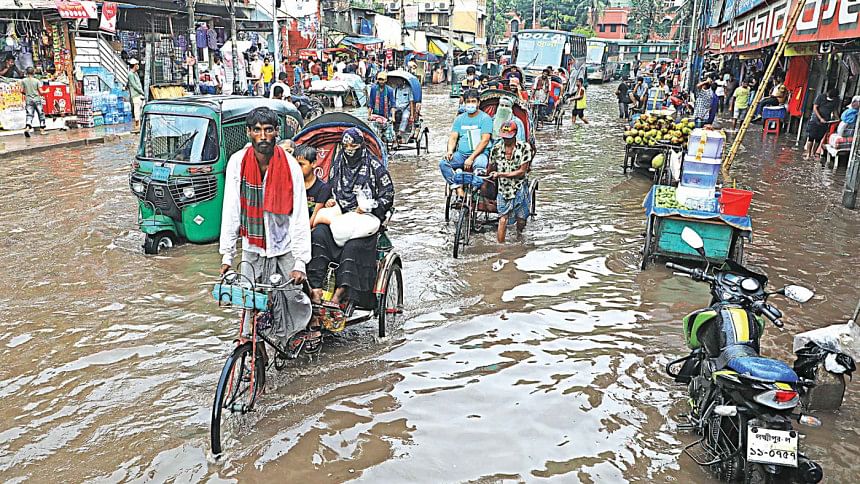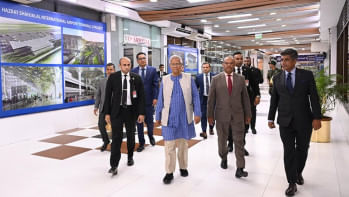Making Dhaka liveable again is challenging but not impossible

The latest Economist Intelligence Unit's ranking of liveable cities has placed Dhaka as the fourth least liveable city in the world. While we already know the challenges brought about by the pandemic that has affected every city in the globe, Dhaka included, there is little reason for us to hide behind the "pandemic" excuse. We already know that Dhaka, with a density of 47,800 people per square kilometre, is bursting at the seams. The categories for the ranking are healthcare (our score is 16.7), culture and environment (a whopping 30), education (33.3) and infrastructure (26.8).
There is hardly any dispute that overpopulation of the city, caused by everything being Dhaka-centric, has resulted in the capital becoming more and more unliveable. We have a population of about 21,741,000 in this city, with the same length of road network but thousands of more vehicles (mostly private cars) being added every year. Are we surprised that, on normal days, we spend an average of one to two hours just to get from point A to point B? Suffocating gridlocks, inadequate public transport and disregard for traffic rules make travelling hellish for the majority of people. The same problem of too-many-people-for-too-little-resources is applicable in everything that relates to liveability. Although housing has not been included in the EIU's categories, this is a huge problem in Dhaka, with most residential areas being concrete jungles, having very little greenery, no parks for children to play in, poor drainage systems, inadequate waste disposal systems and broken, dilapidated roads that become unusable during heavy rains. With house rent depleting the lion's share of people's incomes, there is a large proportion of the urban population living in slums—should we talk about the liveability in these shanties? With unabated, unplanned construction over the decades, how can Dhaka city even breathe?
Our mayors have said they have master plans to improve the city. We sincerely hope they will have the resources, grit and backing of the government in carrying them out. But we cannot help but ask why, over the decades, this city has been allowed to deteriorate in this way. Decentralisation is the ultimate solution although there is practically no move in that direction so far. Decent jobs, good schools and universities, good hospitals—basic civic services—have to be available in other districts besides Dhaka so that people do not have to rush to the capital to live in subhuman conditions. Satellite cities could also take off much of the pressure.
But even if we leave aside the problem of overpopulation, the government must improve existing conditions and civic amenities. This would require a drastic reduction in private cars on the roads, increase in safe, efficient public transport, strict enforcement of the transport law and basic traffic rules, freeing rivers and water bodies from encroachers, a vigorous drive to clean the cities with heavy penalties for littering, installing an efficient garbage disposable system, increasing the sewerage networks, repairing broken roads and initiating low-cost housing projects for lower-income groups. Physical safety, with special emphasis on women's security, has to be a priority for the government as this is also a basic criterion of liveability of a city.
These are some basic prerequisites of a modern city and entail revitalising and revamping existing systems. Rooting out corruption, however, from agencies and bodies responsible for providing public services, is key to making any city liveable again.

 For all latest news, follow The Daily Star's Google News channel.
For all latest news, follow The Daily Star's Google News channel. 



Comments